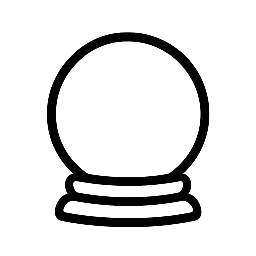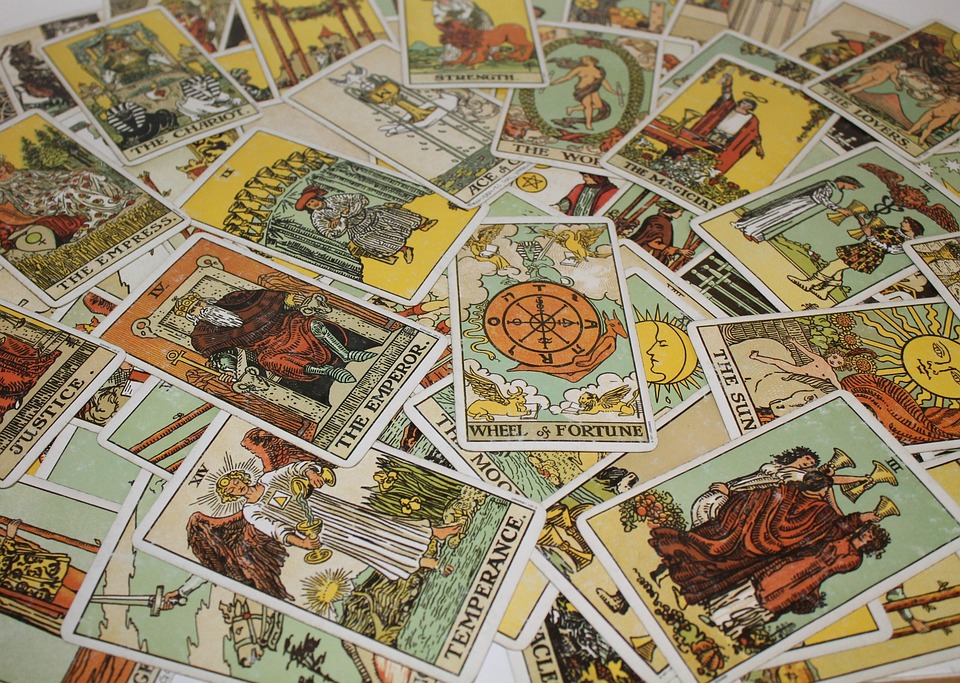Tarot 101: Understanding the Language of the Cards
For centuries, tarot cards have been a source of fascination and intrigue, offering a glimpse into the unknown and providing guidance for those seeking answers to life’s most pressing questions. With its rich symbolism and imagery, the tarot has become a popular tool for self-discovery, spiritual growth, and intuitive exploration. But for those new to the world of tarot, the language of the cards can seem mysterious and overwhelming. In this article, we’ll delve into the basics of tarot, exploring the history, structure, and symbolism of the cards, and providing a foundation for understanding the language of the tarot.
A Brief History of Tarot
The origins of tarot are shrouded in mystery, but it’s believed that the cards originated in 15th-century Italy as a game called Tarocchi. Over time, the cards evolved to incorporate symbolism and themes from various cultures, including Egyptian, Greek, and Christian traditions. Today, tarot is used by people all over the world for a range of purposes, from fortune-telling and meditation to personal growth and self-reflection.
The Structure of the Tarot Deck
A standard tarot deck consists of 78 cards, divided into two main categories: the Major Arcana and the Minor Arcana. The Major Arcana cards (22 in total) represent major life themes, archetypes, and transformative experiences, while the Minor Arcana cards (56 in total) reflect everyday situations, emotions, and events.
The Major Arcana
The Major Arcana cards are considered the most influential and symbolic cards in the deck. Each card represents a specific theme or archetype, such as the Fool (new beginnings), the Magician (personal power), and the High Priestess (intuition and mystery). These cards are meant to guide us through major life transitions and challenges, offering insights and wisdom for navigating the twists and turns of our journey.
The Minor Arcana
The Minor Arcana cards are divided into four suits, similar to a regular playing card deck: Wands, Cups, Swords, and Pentacles. Each suit represents a different aspect of life:
- Wands (or Rods): creativity, passion, energy, and inspiration
- Cups: emotions, relationships, intuition, and feelings
- Swords: thoughts, communication, logic, and mental clarity
- Pentacles (or Coins): material wealth, finances, practicality, and physical reality
Each suit contains 10 numbered cards (Ace to 10) and four court cards (Page, Knight, Queen, and King), which represent different personalities, attitudes, and energies.
Understanding Tarot Symbolism
Tarot cards are rich in symbolism, with each image, color, and element carrying a specific meaning. Some common symbols include:
- Animals: representing instincts, emotions, and primal energies
- Colors: reflecting emotions, energies, and spiritual vibrations (e.g., red for passion, blue for calmness)
- Numbers: representing cycles, patterns, and numerical significance (e.g., the number 7 for spiritual growth)
- Elemental associations: connecting with the natural world and the elements of earth, air, fire, and water
Reading Tarot Cards
To begin reading tarot cards, you’ll need to develop a connection with the deck and its symbolism. Here are some tips for getting started:
- Familiarize yourself with the cards: Study the images, symbolism, and themes associated with each card.
- Set an intention: Define the question or area of focus for your reading.
- Choose a spread: Select a tarot spread that resonates with your question or intention (e.g., a three-card spread for past-present-future or a Celtic Cross spread for a more in-depth analysis).
- Shuffle and draw: Shuffle the cards and draw the designated number of cards for your spread.
- Interpret the cards: Use your knowledge of tarot symbolism and intuition to interpret the cards, considering their position in the spread and relationship to each other.
Conclusion
Tarot is a complex and multifaceted system, but with a basic understanding of the cards and their symbolism, you can begin to unlock the secrets of the tarot. Remember, tarot is a tool for self-discovery and personal growth, not a predictive or prescriptive guide. As you delve deeper into the world of tarot, you’ll discover that the language of the cards is a powerful and intuitive language, offering insights and guidance for navigating life’s journey. So, take the first step, and let the tarot become your trusted companion on your path to self-discovery and spiritual growth.


Leave a Reply